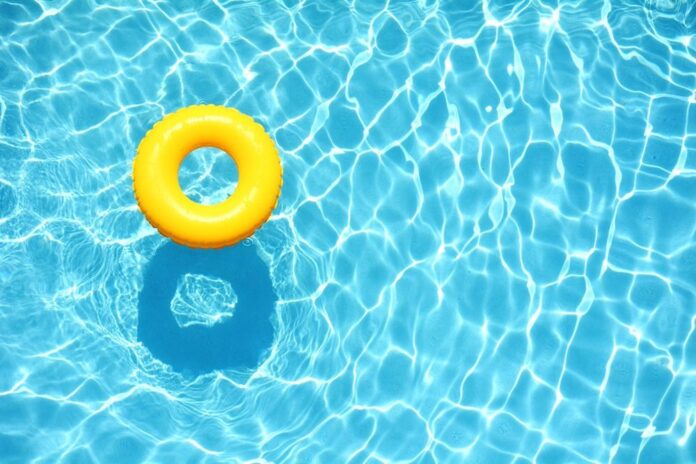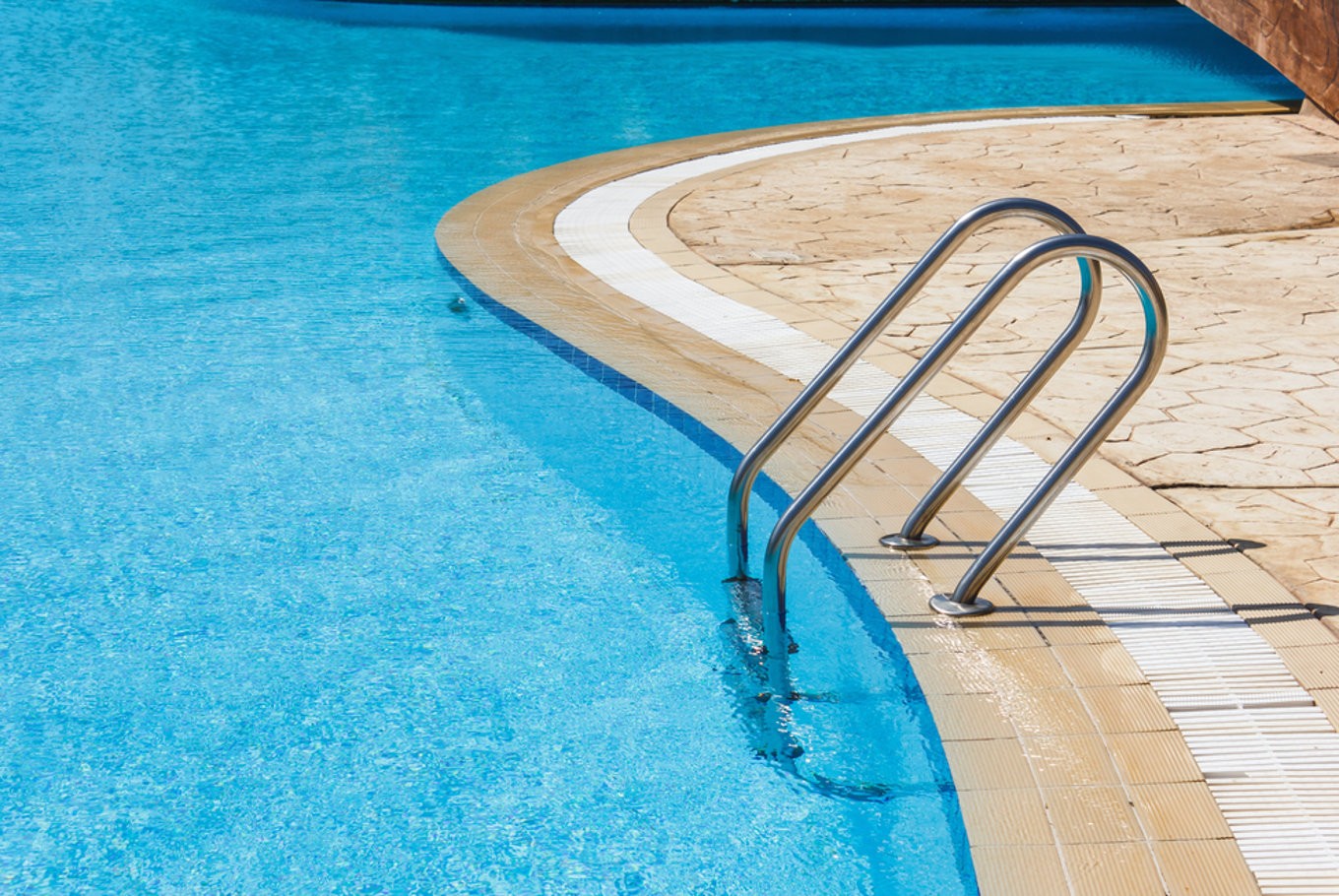Summer is for swimming, but don’t forget about your above ground swimming pool in winter as well! Even good quality Bestway pools (or similar) need proper winterization and maintenance. That way, the pool will remain in optimal conditions by the time the next summer literally “heats up”.
WHEN IS THE MOMENT TO START WINTERIZING THE POOL?
You should base your decision to winterize more on the temperature than on the season itself. So, when the temperature begins to drop below 65º F and maintains those levels consistently, that’s a good moment to start the process, as algae is not able to grow under those conditions. Until that happens, you can still be able to clean, balance and test the water chemistry in your pool, making sure it stays clean until spring comes back.
HOW DO YOU WINTERIZE A POOL?
These are tried and true steps to winterize a pool:
-
Keep phosphate levels on check
The week before closing the pool, make sure to keep the phosphate levels low. This can be done by adding chemicals products on the water to eliminate phosphates. This ensues also that the pool material is protected.
-
Brush and vacuum the surface
You can do it yourself or you can use a robot like the Dolphin Pool Cleaner to make the job easier. Remove all the accumulated dirt, leaves, traces of algae and debris.
-
Test the waters
Test the water chemistry and check the necessary levels to withstand the winter cold. There are water testing kits on the market to calculate the chemistry levels of the water more accurately.
With regards to the levels, the ideal levels are:
- pH should be in a range from 7.4 to 7.6. 2.
- Alkalinity between 100 and 150 ppm (parts per million)
- Calcium hardness: 175-225 ppm
- Chlorine: 1-3 ppm
-
Use proper winterizing chemicals
Once we have tested the water’s chemical balance, it’s time to tweak it if necessary. It’s important that you use proper chemicals to help the pool during winter and to avoid damages to the liner and the rest of the components.
-
Run the pump
After adding any chemical, it’s always important that you run the pump for at least a complete cycle (which usually lasts between 4 and 8 hours).
-
Disconnect the lines
Pool lines are susceptible to damage by ice expansion. Disconnect them, remove all the water, clear them and store them in a dry place (do not place them under direct sunlight!).
-
Check the skimmer
You can remove the skimmer basket and place it in a dry and safe place, or cover it with a plate. If you decide to use a skimmer plate, you don’t have to drain the water to a level below the skimmer line.
-
Pack the filter and pump
This is the easiest part of winterizing and the last step. Remove the pump with all the hoses, as well as the filter, and stash them safely indoors. Check the instructions for their removal to avoid any sort of damage in them.




















